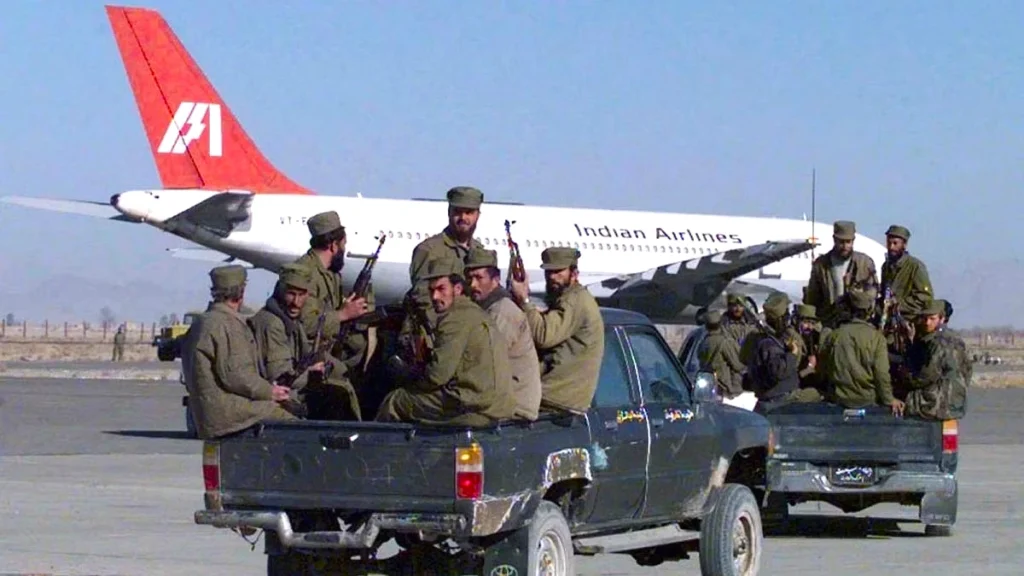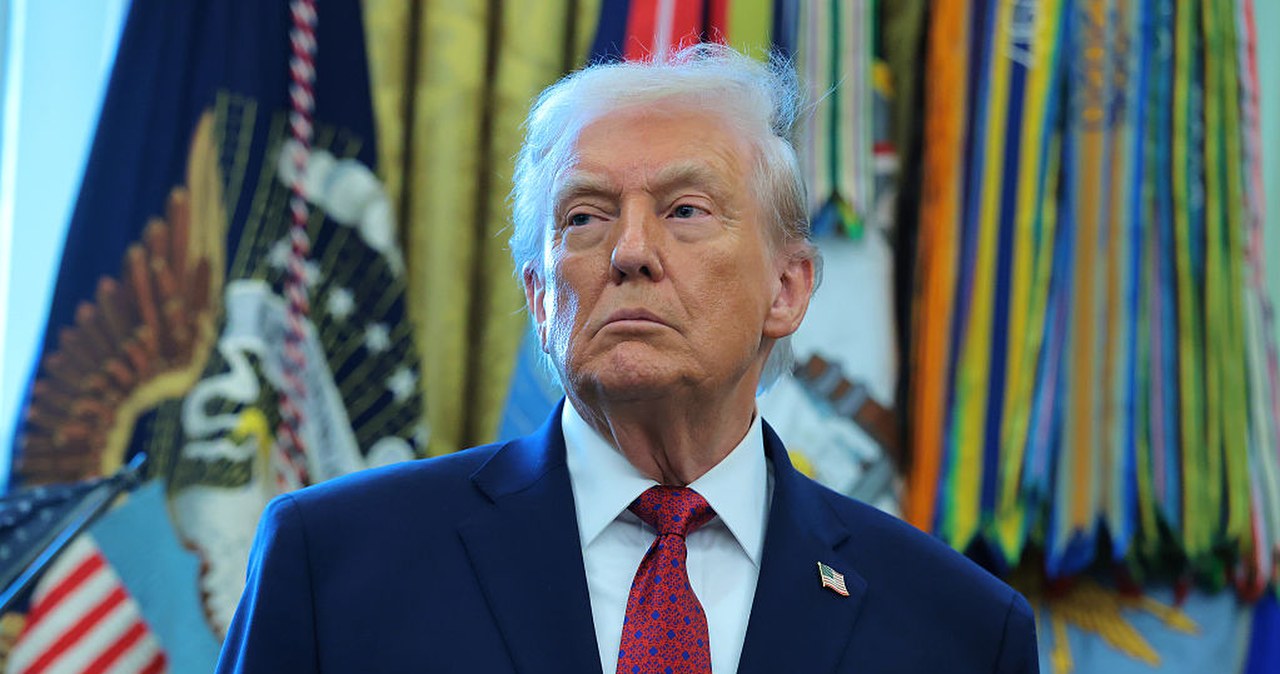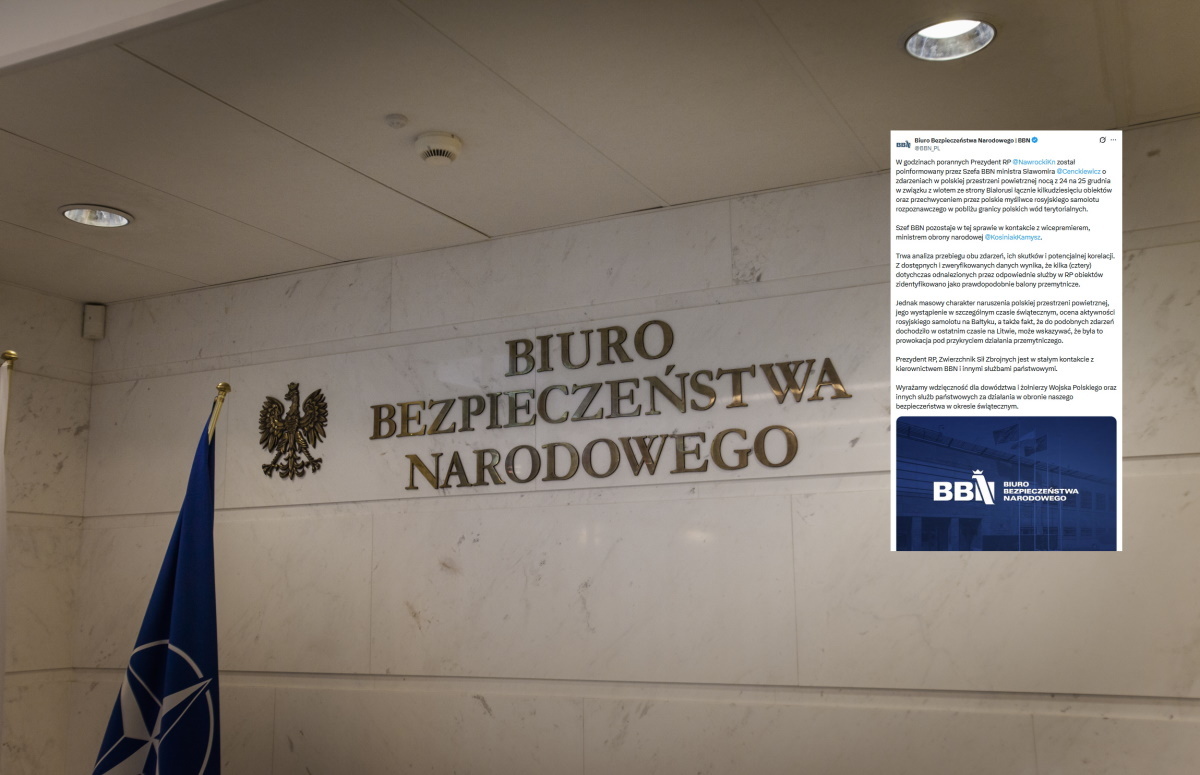
NEW DELHI- Captain Devi Sharan, the pilot of the infamous Indian Airlines IC 814 hijacking in December 1999, retires on January 4 after a distinguished 40-year career in aviation. His journey, marked by bravery and resilience, leaves an indelible mark on Indian aviation history.
From navigating life-threatening situations to commanding modern aircraft like the Boeing 787 Dreamliner, Captain Sharan’s career was both inspiring and challenging. As he embarks on his post-retirement plans, his legacy serves as a testament to the dedication required in aviation.
 Photo: Air India
Photo: Air IndiaIC 814 Captain Retires
Captain Devi Sharan joined Indian Airlines in 1985 after completing his flying training in Karnal.
Over the years, he commanded various aircraft, starting with the Boeing 737-200, progressing to the Airbus A320, and finally, the Boeing 787 Dreamliner.
However, his career is most famously remembered for his role in the IC 814 hijacking incident.
In December 1999, Flight IC 814 was hijacked en route from Kathmandu (KTM) to Delhi (DEL) and diverted to Kandahar (KDH), Afghanistan.
Captain Sharan’s focus during those tense days was to ensure the safety of all passengers and crew on board.
Reflecting on the ordeal, he noted how it shaped his perspective, teaching him the unpredictability of life and the importance of staying prepared for challenges.
Beyond the Kandahar hijacking, Sharan faced danger again in 2011 when he and his colleagues were caught in civil war-torn Libya.
Armed militants detained them temporarily, but they escaped unharmed, showcasing their resilience in yet another high-pressure situation.
After Indian Airlines merged with Air India (AI) in 2007, Captain Sharan continued flying, transitioning to advanced aircraft like the Airbus A330 and Boeing 787 Dreamliner.
His final flight, operated on January 4 from Melbourne (MEL) to Delhi (DEL), was a momentous occasion, marked by a heartfelt farewell from the crew.
In a message to his colleagues, Sharan expressed gratitude for the opportunities and challenges of his aviation career.
His words encapsulated his passion for flying: “With the same enthusiasm of a young boy who once joined this airline, I now turn the page and embark on the golden years of my life.”
IC 814 Captain Future Plans
Captain Sharan plans to begin a new chapter by exploring farming in his hometown, Karnal.
He also envisions contributing to Air India’s mega training facility, utilizing his extensive experience to mentor the next generation of aviators.
Before settling into these ventures, Sharan is going on a year-long world tour, visiting destinations like Antarctica and Siberia.
Also Read: Mexican Passenger Tries to Hijack Volaris Flight to Fly to the US
 Photo: Akshobh Giridharadas
Photo: Akshobh GiridharadasIC 814: Most In-Famous Hijacking
IC 814: The Kandahar Hijack: India’s most critical terrorism incident, began on December 24, 1999.
Five armed terrorists commandeered Indian Airlines Flight IC-814, an Airbus 300 aircraft, during its scheduled journey from Kathmandu to New Delhi. The flight carried 179 passengers and 11 crew members through a weeklong ordeal, culminating in terrorist negotiations, Taliban involvement, and one passenger fatality.
The incident exposed critical weaknesses in India’s aviation security infrastructure and challenged the Atal Bihari Vajpayee government’s crisis management capabilities. The government’s decision to release three high-profile terrorists marked a controversial turning point in India’s counter-terrorism policy.
Flight engineer Anil K Jaggia and journalist Saurabh Shukla’s book “IC 814 Hijacked: The Inside Story” detail the hijacking’s initial moments. The crisis began at 4:39 pm when an armed terrorist, wearing a red balaclava and photochromic lenses, stormed the cockpit with a grenade and revolver, declaring control over the aircraft.
Amritsar Failure
The IC 814 hijacking crisis escalated rapidly after Delhi’s Air Traffic Control received the initial alert at 4:56 pm. The terrorists demanded a flight path to Lahore, Pakistan, but diverted to Amritsar when Pakistani authorities denied permission.
Amritsar’s emergency landing at 7 pm presented a crucial intervention opportunity. Punjab’s Director General of Police Sarabjit Singh refused refueling requests while the aircraft’s engines remained active, suspecting tactical deception. The Central Crisis Management Group in Delhi contemplated various intervention strategies, including disabling the aircraft’s tires.
The aircraft departed Amritsar under duress, landing in Lahore at 8:01 pm after the pilot warned of an imminent crash landing due to fuel depletion. Following refueling in Lahore, the flight attempted to reach Kabul but diverted to Dubai due to inadequate night landing facilities.
 Photo: By aeroprints.com, CC BY-SA 3.0, https://commons.wikimedia.org/w/index.php?curid=32538600
Photo: By aeroprints.com, CC BY-SA 3.0, https://commons.wikimedia.org/w/index.php?curid=32538600Six Days of Negotiations
Dubai marked a significant development on December 25, with the release of 27 hostages and the removal of Rupin Katyal’s body, who died during the hijacking. The aircraft then proceeded to its final destination, Kandahar, arriving at 8:33 am.
The six-day negotiations in Kandahar involved Taliban intermediaries. The hijackers demanded the release of 36 terrorists, including Masood Azhar, who later established Jaish-e-Mohammed, the organization behind the 2019 Pulwama attacks.
Additional demands included $200 million and Sajjad Afghani’s remains.
Govt Release Terrorists
The Taliban government issued unexpected guidance during the IC-814 hijacking crisis, declaring the hijackers’ demands for money and coffins contradicted Islamic principles. Their stance notably excluded criticism of the core demand for terrorist releases.
The Indian government’s capitulation to release three prominent terrorists – Masood Azhar, Mushtaq Zargar, and Omar Shaikh – marked a critical turning point in the crisis. The Taliban’s assurances of treating the hijackers and freed terrorists as criminals proved hollow, as both groups departed Afghanistan without impediment.
The crisis concluded on December 31, 1999, when the hostages returned on separate flights. The hijacked aircraft landed in New Delhi on January 1, 2000, marking the end of a pivotal episode in India’s counter-terrorism history.
Investigation findings implicated Pakistan’s Inter-Services Intelligence (ISI) as the mastermind behind the hijacking, working in conjunction with Harkat-ul-Mujahideen (HuM). Critics targeted the operational structure of the crisis response, highlighting that crucial decisions emerged directly from Prime Minister Vajpayee’s office, bypassing the Crisis Management Group (CMG).
The opposition Congress party mounted significant criticism against the government’s terrorist release decision. BJP leader Yashwant Sinha defended the action as the sole path to ensure passenger survival. The decision’s impact continues to generate debate regarding its establishment of a precedent in terrorist negotiations.
Stay tuned with us. Further, follow us on social media for the latest updates.
Join us on Telegram Group for the Latest Aviation Updates. Subsequently, follow us on Google News
Today in Aviation: Singapore Airlines Flight 117 Hijacked by Pakistani Terrorists
The post Indian Airlines IC 814 Kandahar Hijack Captain Retires After 40 Years appeared first on Aviation A2Z.

 11 miesięcy temu
11 miesięcy temu









